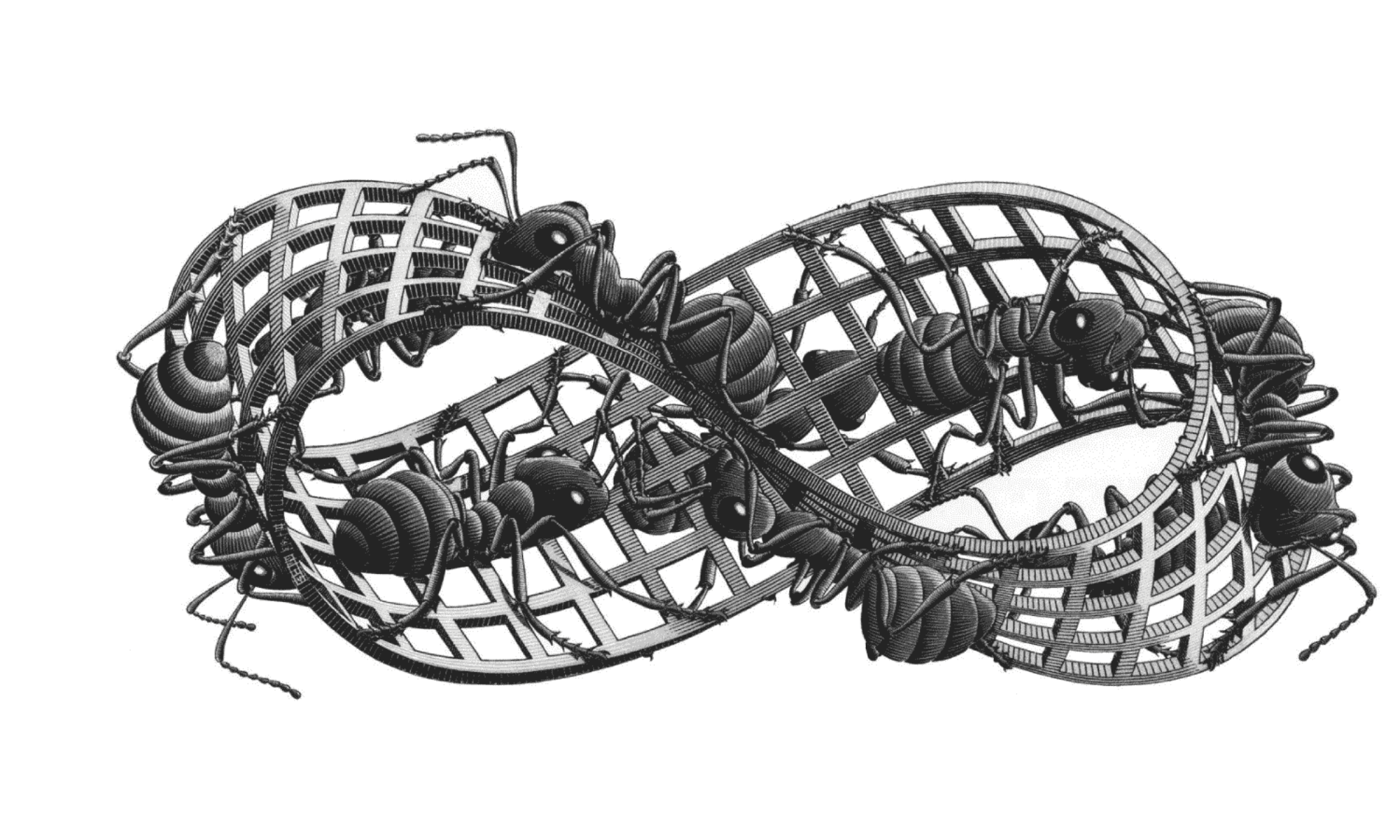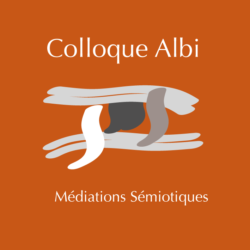CNRS, Université de Lyon
Cortical Motor Organization, Gestural communication and Embodied Language. An Evolutionary Perspective
Résumé
In the last few decades it emerged the view that the cortical motor system plays a crucial role not only in motor control but also in perception and in higher cognitive functions. More interestingly, this knowledge has given a new perspective on how motor cortex is involved in language perception and production. In particular, there is evidence that the mirror matching mechanism can subserve both phonological matching and the retrieval of the meaning associated to the utterances, thus constituting a motor-based mechanism for comprehension of semantics. By comparing the anatomo-functional properties of the frontal motor cortex among different primates and their communicative modalities during development it is evident that the combination of the control of the gestural communication systems and of the vocal apparatus has been the critical factor in the transition from a gestural-based communication into a speech-based predominant system. Furthermore, anatomical and neurophysiological studies support an homology between high order monkey and apes motor areas and the human frontal region involved in language processing.

